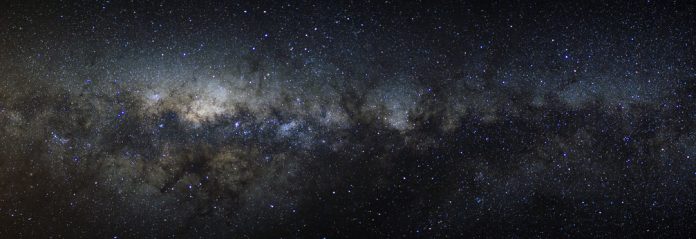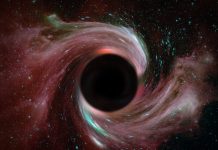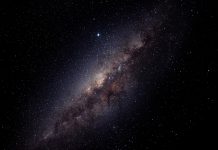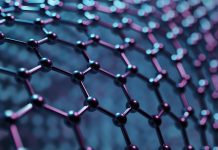Dark matter is one of the mysteries of modern science; it is invisible but affects everything around it, like stars and galaxies
Scientists believe that dark matter makes up 85% of the mass within the universe. A team of researchers from the University of Chicago and Fermi National Accelerator Laboratory have made an exciting discovery in the hunt for dark matter.
Finding dark matter
Their experiment, Broadband Reflector Experiment for Axion Detection or BREAD, has shared its first results. Although they have yet to find dark matter directly, they’ve made progress in figuring out where to look.
The most interesting thing about the BREAD experiment is how it works; instead of focusing on just one frequency, like in previous experiments, it scans through many possibilities. It’s like tuning a radio to find a specific station, but instead of one station, it’s checking thousands.
How does BREAD search for dark matter?
Dark matter is different from other forms of matter because it does not interact with the electromagnetic force, meaning it doesn’t absorb, reflect or emit light. Because no one has ever seen dark matter, it’s very difficult to determine where it may be or what it might look like.
BREAD uses a unique setup with a metal tube and a sensor to catch possible dark matter particles; the idea is to look for dark matter in forms that we know, also known as “axions” or “dark photons”.
BREAD is working towards finding dark matter in the future
While BREAD’s first run didn’t use magnets, future versions will. Magnets can help spot dark matter particles more easily. The team is preparing for more experiments at different labs to improve their chances of finding dark matter.
The BREAD experiment will be inserted into a magnet for the full-scale version to generate a strong magnetic field. By doing this, the chances of converting dark matter particles into photons are increased.
BREAD has been moved to Argonne National Laboratory and inserted into a repurposed MRI magnet; the next step will be Fermi National Accelerator Laboratory, which will use an even stronger magnet.
“This is just the first step in a series of exciting experiments we are planning,” said Sonnenschein. “We have many ideas for improving the sensitivity of our axion search.”
Editor's Recommended Articles
-
Must Read >> NASA’s dark matter discoveries
-
Must Read >> The UK invests in space infrastructure














